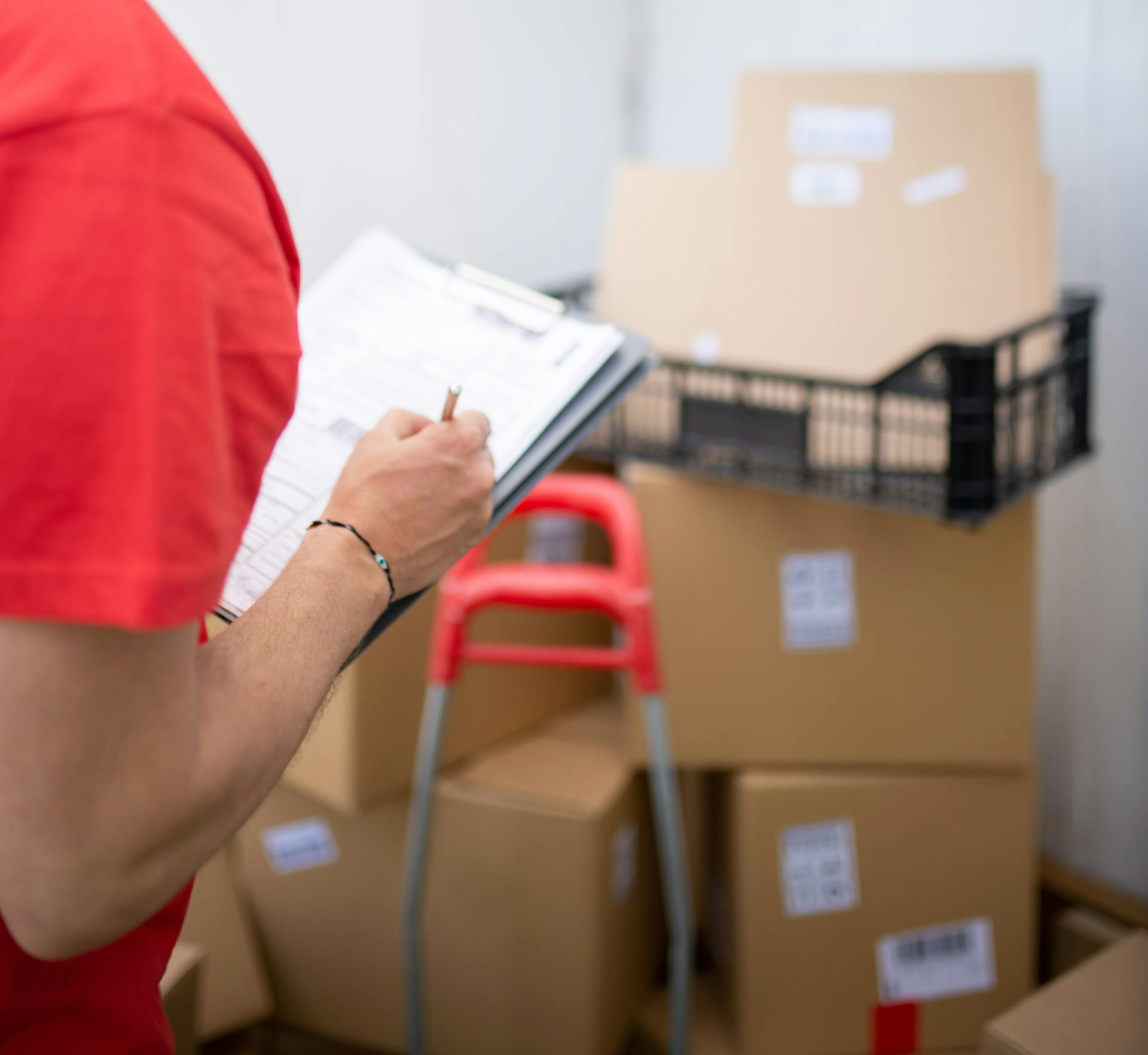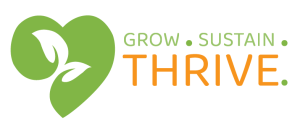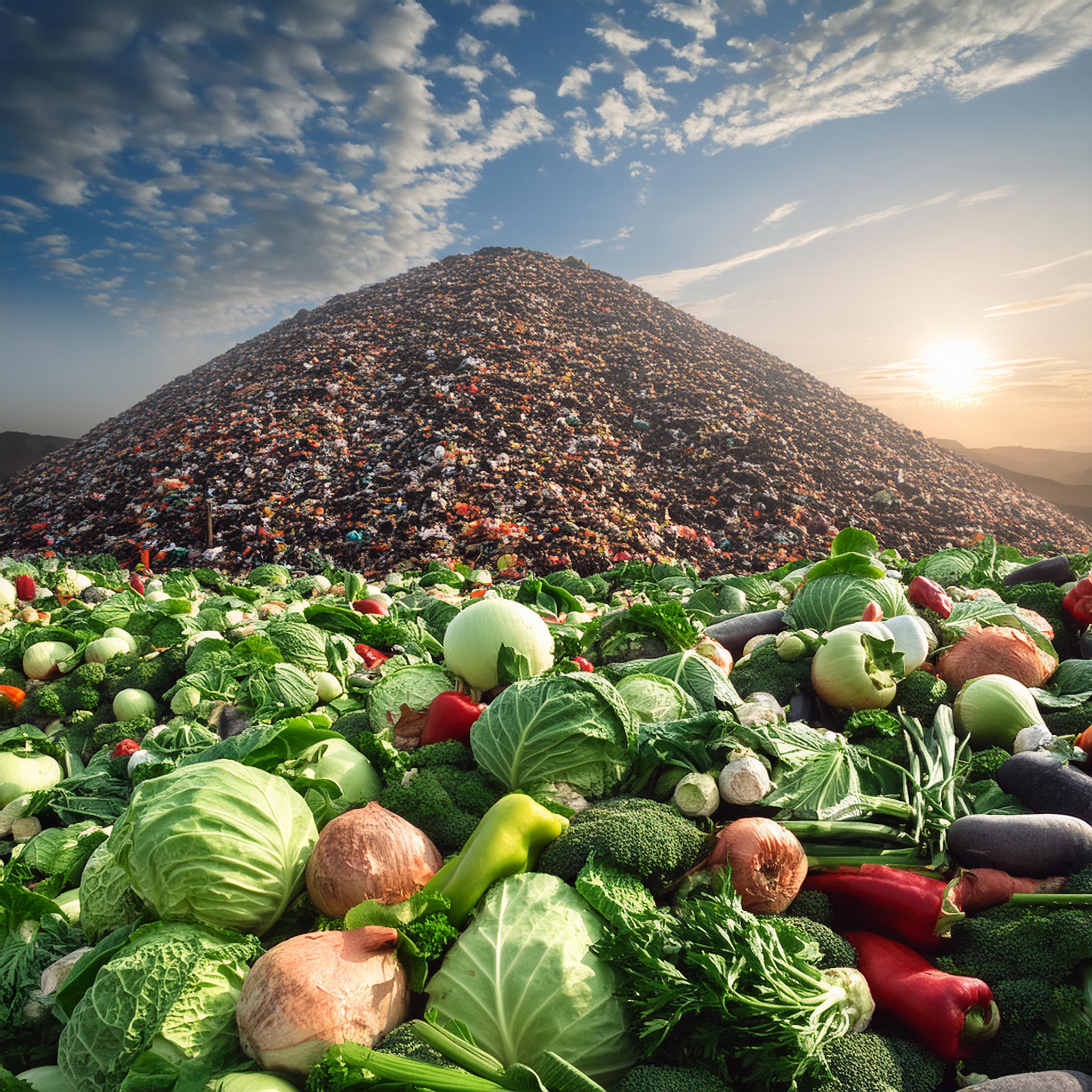
Food waste is a significant and growing problem in Canada, with far-reaching implications for the environment, economy, and food security. According to Second Harvest, Each year, an astonishing 58% of all food produced in Canada is lost or wasted. To put this into perspective, that’s nearly 35.5 million tonnes of food that could have been used to feed families, nourish communities, and sustain our planet.
The Environmental Impact
The environmental cost of this wasted food is immense. Food wasted in Canada contributes to 56.5 million tonnes of CO₂ equivalent emissions annually.* These emissions arise primarily from food decomposing in landfills, where it releases methane, a greenhouse gas that is significantly more potent than carbon dioxide. This not only exacerbates climate change but also squanders the precious resources—water, land, energy—used to produce, process, and transport the food.
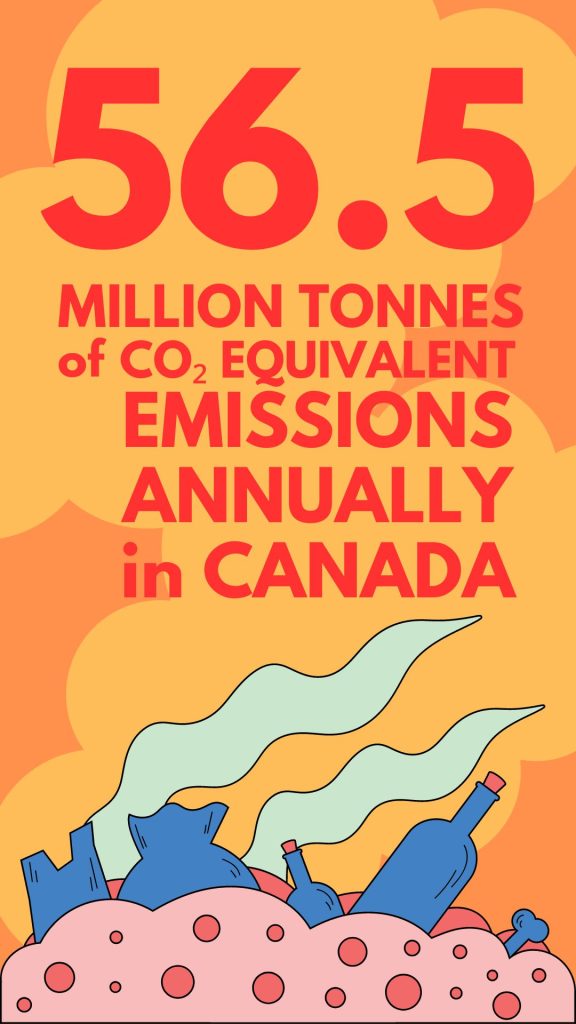
The Potential for Redirection
Shockingly, 32% of this wasted food is still perfectly edible and could be redirected to support Canadians in need.* This figure highlights a missed opportunity to combat food insecurity, a pressing issue faced by many households across the country. By redirecting this food, we can provide essential nutrition to those who need it most, reduce our environmental footprint, and promote a more sustainable food system.
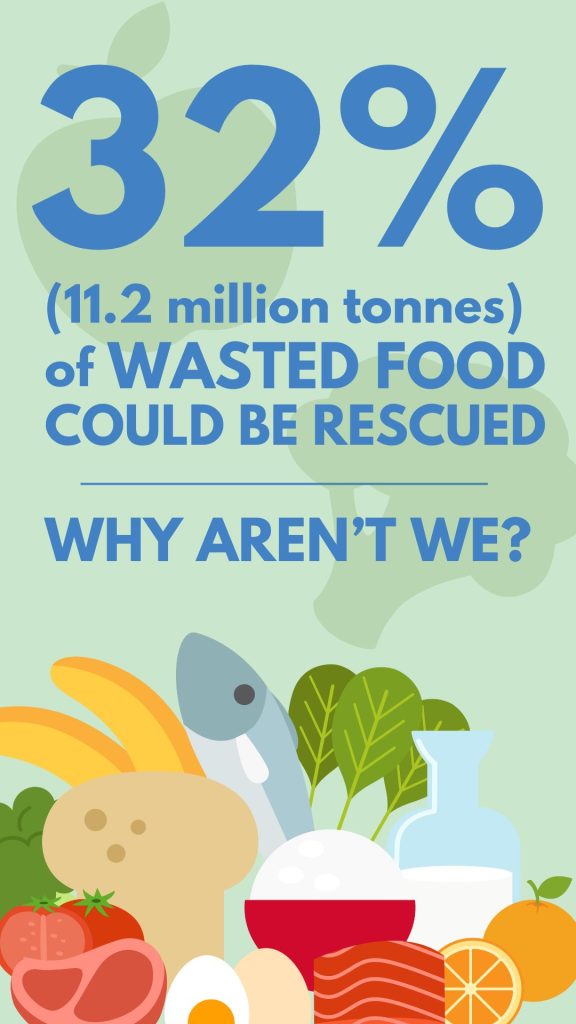
Sources of Food Waste
Food waste occurs at various points along the food supply chain, from farms to households. Understanding these sources is crucial for identifying opportunities to reduce waste and redirect food to those in need.
Greener Village’s Initiative – The THRIVE Campaign
In response to this critical issue, Greener Village is spearheading the THRIVE Campaign – an innovative solution by building Atlantic Canada’s first Perishable Food Rescue Centre. This facility aims to rescue and distribute over $4 million worth of food annually that would otherwise end up in landfills. By capturing this food, Greener Village will play a pivotal role in reducing food waste and providing much-needed support to communities across the region.

Farmer dumping surplus produce at landfill.

Volunteers prepare surplus produce for processing.
Helping Farmers
Farmers often face the challenge of what to do with imperfect or excess produce that doesn’t meet the strict aesthetic standards of retailers. Much of this perfectly edible food is discarded, contributing to the food waste problem. By partnering with farmers, especially those from organic farms, Greener Village can redirect this produce to the Perishable Food Rescue Centre. Here, the produce is processed into shelf-stable items such as frozen items, canned goods, soups, and preserves. This not only reduces waste but also provides nutritious food for those in need.

Machines pile food waste high at landfill.

Distributing rescued food across the province.
Partnering with Grocers
Grocers often have products that near their spoilage dates or do not meet aesthetic standards, leading to significant food waste. By creating dedicated channels for these products, we can prevent them from being thrown out. Our partnerships with grocers and food distributors ensure that near-spoiled or cosmetically imperfect products are sent to the Perishable Food Rescue Centre instead. Once there, they are repurposed into valuable food items, extending their lifecycle and benefiting the community.

Unused food waste destined for landfill.

Food that could feed hungry families.
Supporting the Food Industry
Restaurants and food service providers often discard unused or unsold prepared food due to concerns about freshness and storage. Greener Village offers a solution by providing state-of-the-art storage facilities that can hold this food until it is ready to be distributed across our food bank network. This initiative not only reduces waste but also ensures that prepared food reaches those who need it most, while maintaining quality and safety standards.
Conclusion
Food waste is a challenge that affects us all, but it also presents an opportunity for collective action and positive change. By supporting initiatives like Greener Village’s THRIVE Campaign to build Atlantic Canada’s first Perishable Food Rescue Centre, we can make a significant impact. Together, we can reduce waste, protect our environment, and ensure that good food nourishes our communities instead of being thrown away.
Let’s work towards a future where food is valued, resources are preserved, and everyone has access to the nutrition they need. Your actions, no matter how small, contribute to this larger goal. Join us in the fight against food waste and be a part of the THRIVE family.

